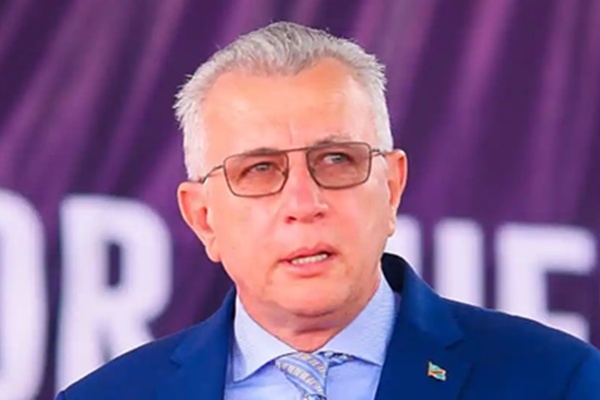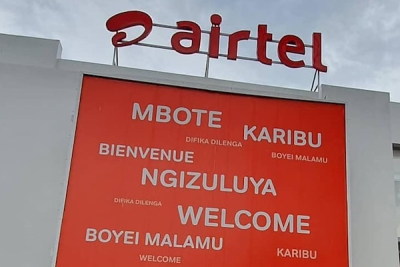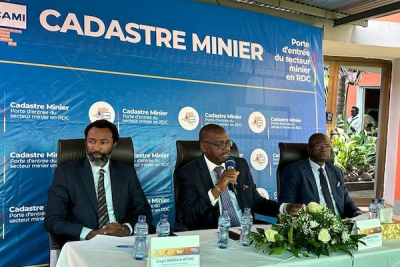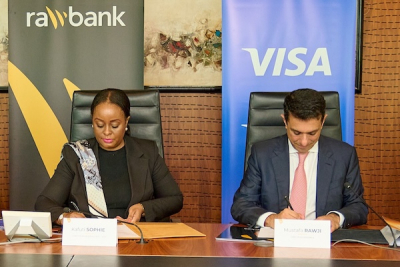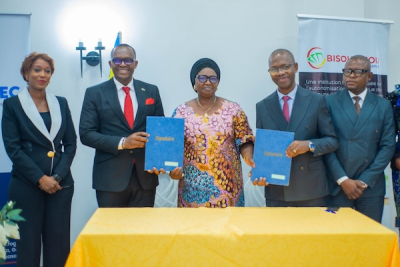Congolese politician and entrepreneur Jean Bamanisa Saïdi has once again raised the alarm about deteriorating infrastructure in Kinshasa, capital of the Democratic Republic of Congo (DRC). In an interview with B-One Télévision, just days before the opening of the 9th edition of Expobéton in Lubumbashi from April 16 to 19, Bamanisa warned, “If Kinshasa doesn’t redo its roadways, it’s going to look like those cities from the Middle Ages that have disappeared.” The event he promotes focuses on developing cities, corridors, and special economic zones.
Bamanisa estimates that Kinshasa has around 3,500 kilometers of roadways that need full rebuilding. He urges reimagining the city centered around these new infrastructures, drawing parallels to the sweeping urban transformations led by Napoleon III and Baron Haussmann in 19th-century Paris. Without such intervention, the capital’s existing problems- traffic congestion, flooding, poor sanitation, and urban disorder- could worsen, potentially rendering the city unlivable.
Tribune – Kinshasa, capitale des travaux éternels : « On refait donc on avance ? »
— Jean Bamanisa (@JeanBamanisa) May 4, 2025
https://t.co/STM79ydKS8@PrimatureRDC @Presidence_RDC @TransportsRDC @MinITP_RDC @KinshasaHotel @apkinshasa243 @financesrdc @IgfRdc @senatrdc @AssembleeNatRDC @ExpobetonRDC…
Almost every rainfall today causes deadly flooding, and traffic jams have become a daily ordeal, lasting up to four or five hours on some main roads. Bamanisa attributes these issues to neglected bypass roads, chaotic occupation of public spaces, and rising incivility.
The former governor of Ituri (2013-2015 and 2019-2022) acknowledges that sustainable road rehabilitation will require substantial time and resources, estimating a 20 to 30-year timeframe and a budget of at least $10 billion. “We propose a dedicated budget, possibly financed by contracts like Sicomines’ (infrastructure development for mineral resources),” Jean Bamanisa noted.
At the Mining Indaba 2025 forum, Bamanisa advocated for an integrated approach linking urban development with the mining sector, citing examples such as Kolwezi and Likasi, cities historically shaped by mining activities.
He also emphasized the necessity of comprehensive urban planning studies to ensure coherent and sustainable development. Highlighting the Kinshasa bypass project, he warned that its original intent to integrate residential and industrial zones is now jeopardized by unregulated occupation due to insufficient planning.
As head of cement manufacturer PPC Barnet RDC, Bamanisa champions innovative construction techniques tailored to local conditions. He advocates for using concrete in road construction, a sustainable and technically feasible solution in the DRC, which also promotes using local materials such as limestone, sand, mining waste, volcanic rock, and lime.
This article was initially published in French by Ronsard Luabeya and Timothée Manoke (interns)
Edited in English by Ola Schad Akinocho






